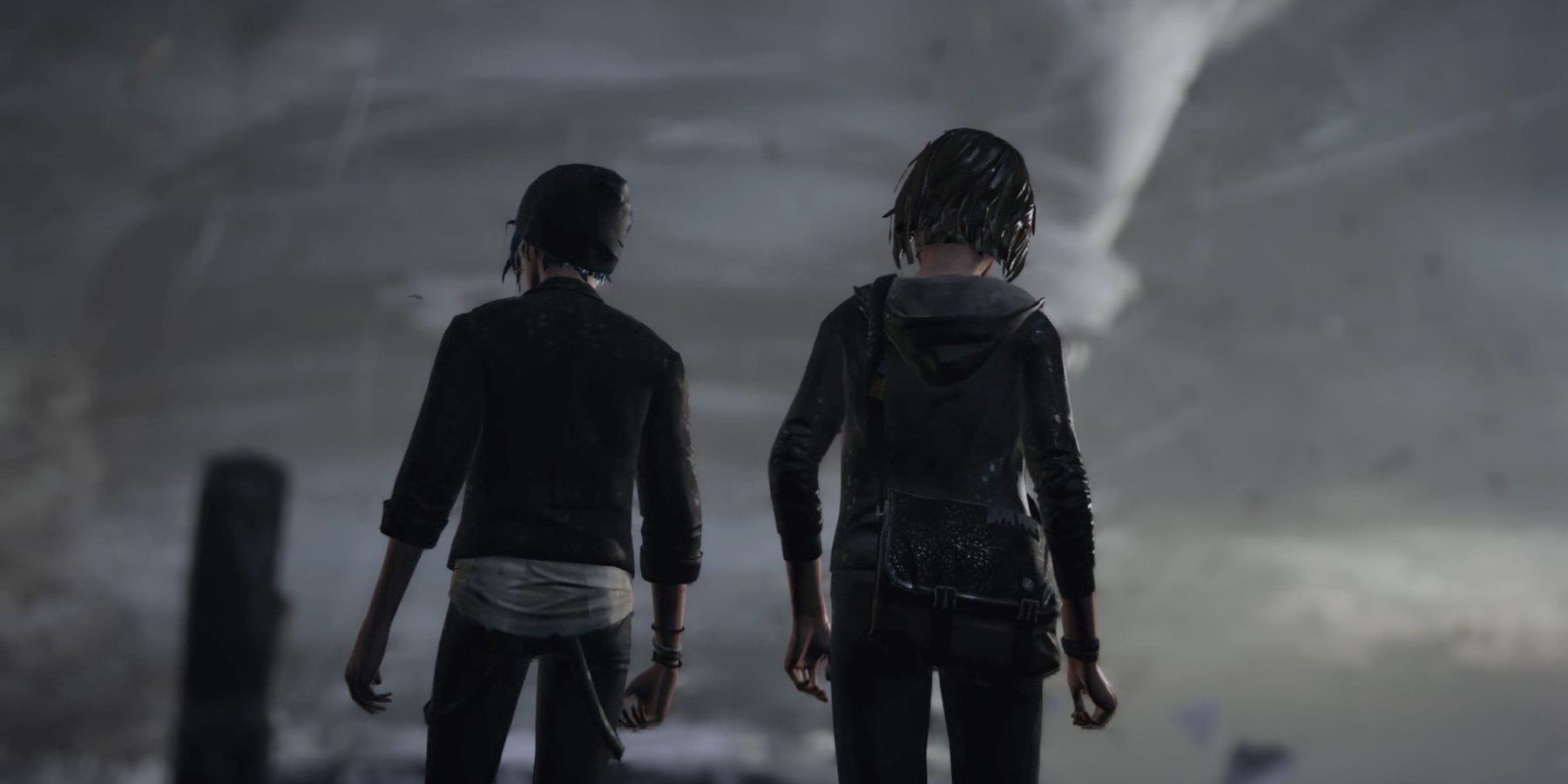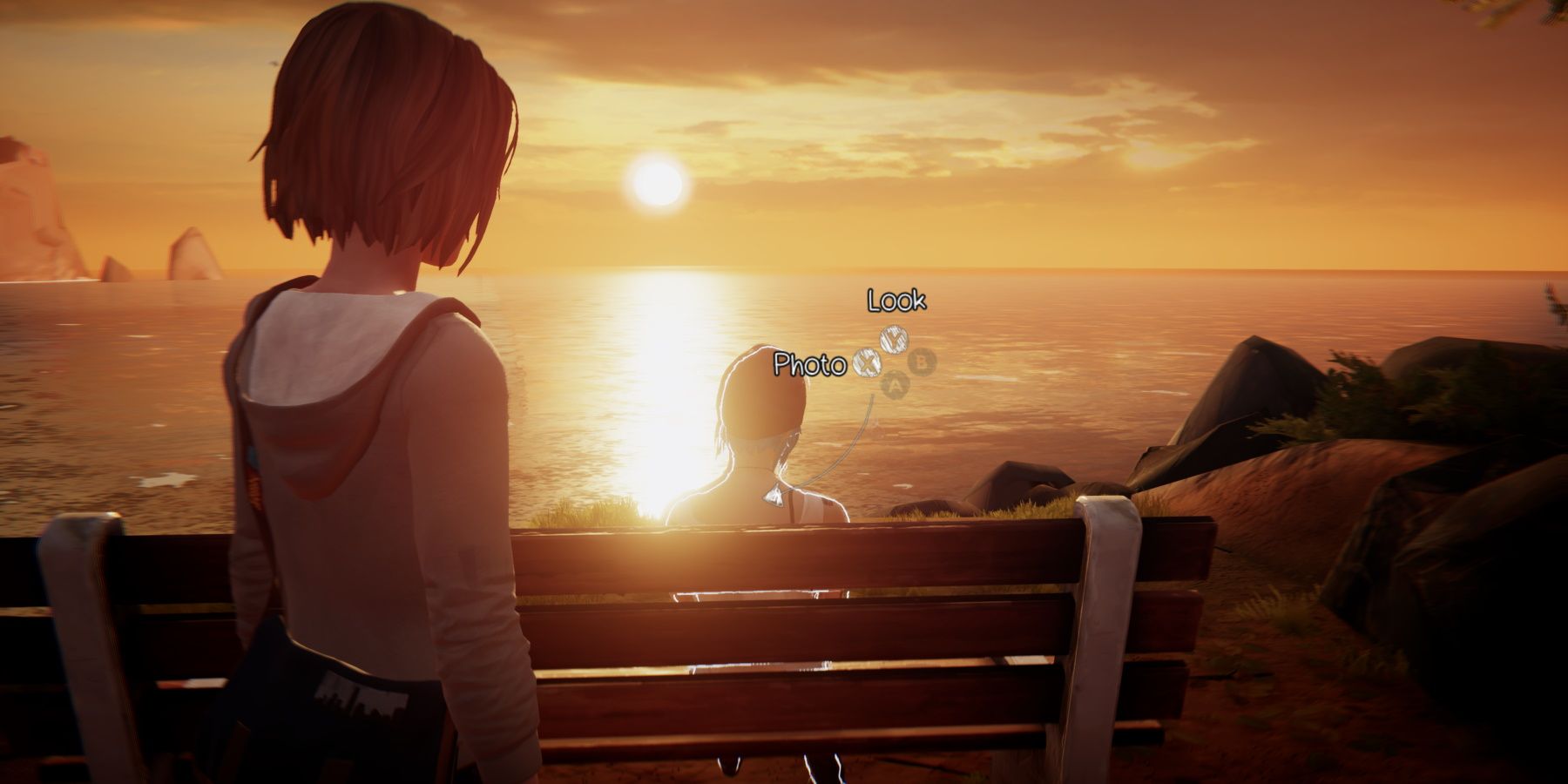The Life is Strange series is all about choices, but none more so than the first game, the original Life is Strange featuring Max Caulfield and Chloe Price. The hit point-and-click adventure would go on to become a cult classic and beloved emotional narrative adventure, spawning sequels and even a prequel where players instead take control of Chloe. However, while the game was certainly not perfect and received due criticism in a number of areas, but possibly one of the biggest complaints echoed through the community was with Life is Strange's endings. This article contains spoilers for Life is Strange, which includes the Remastered Collection.
The problem people had was not necessarily with the endings themselves. On one hand, players could sacrifice Chloe, realizing that the moment Max had chosen to go back in time at the beginning of the game when Nathan Prescott shot her is how time began to collapse in on itself. This option was far and away the more wildly agreed upon one among players, especially because Life is Strange had hinted, on many occasions, that Chloe's death was imminent. On the other hand, players could choose to sacrifice Arcadia Bay, which even opens an option to be with her romantically, and in the years since the game's release, more and more fans have found this ending favorable.
While the two endings of Life is Strange may not have been a difficult decision for many players, players were upset that this decision was not made for them. They had spent the entirety of Life is Strange's five episodes making both small, minute, and big, impactful decisions—or so they were told. In the end, no matter what choices they had made so far, they were led down the same path of choosing between Chloe and Arcadia Bay. However, logistically, it makes a lot of sense that players would have some choice in the matter because of how decision-making works in Life is Strange.
The Final Choice of Life is Strange
Being able to truly control the protagonist's decisions is more prominent in Life is Strange than it is in any other title in the series, including Life is Strange: True Colors, and this is because of Max's ability to manipulate time. While she's not typically able to jump ahead in the future, her supernatural skill allows her to rewind time by a few minutes or a mere moment. This way, she can choose different dialogue options that may or may not have an effect later on.
Other times, Max is able to go back and make big decisions that happened years ago, such as saving Chloe's father from dying in a car accident, drastically changing the future. In the end, after realizing what this reality does to Chloe, she decides to reverse her decision. In the final moment of the game, Max can choose to go all the way back to when Nathan shot her, and instead of rewinding time to save her, she can idly hide in the bathroom while Chloe tragically dies. Before making this choice, players should understand that, by choosing this reality, they will no longer be able to manipulate time to save Arcadia Bay from destruction.
In nearly every case aside from Kate Marsh's roof scene, players (and Max) are able to make fully informed decisions, including after learning what the outcome is. Players can reverse time and choose a different option again and again until they've decided which is the lesser of two evils. So it only makes sense that Max (and therefore, the player) would be able to choose the final outcome. Max's superpower provides her the freedom to make and remake almost every choice, so it would be a bit odd that she and the player wouldn't have the same freedom in the end. It goes against what Life is Strange is about: living with the consequences of actions.
When Life is Strange first released, many players were unhappy with this aspect of the game and often compared it to the ending of the Mass Effect trilogy, which partially suffered the same fate: after making so many decisions throughout the series, ultimately, the game did not decide Shepard's fate for them. When it comes to the space opera, this criticism makes sense because unexpected consequences based on previous player action are echoed throughout the game, such as who survives the suicide mission at the end of Mass Effect 2. But linearly, it makes more sense that players would continue to maintain control over the final outcomes of Life is Strange, and the Remastered Collection is a chance for players to reconsider the endings with a fresh perspective.
Life is Strange: Remastered Collection is out now on PC, PS4, Stadia, and Xbox One, and a Switch version is set to launch in Spring 2022.


